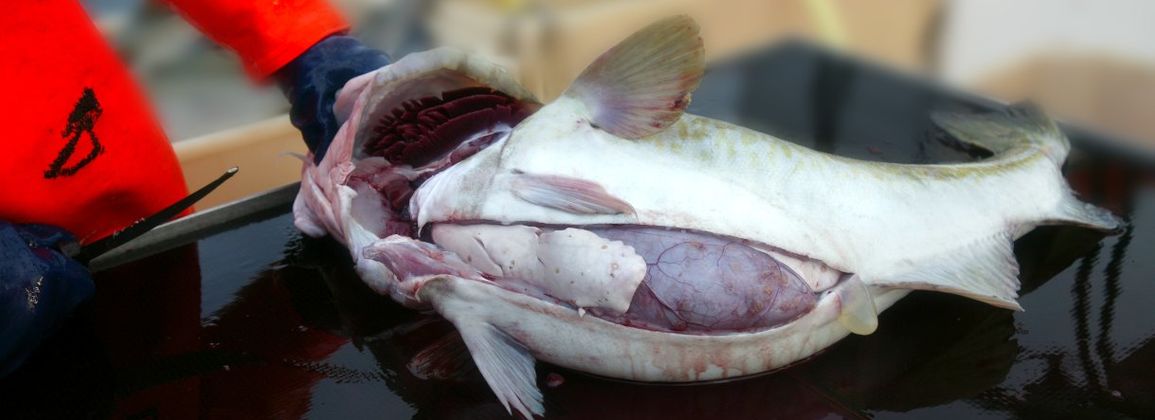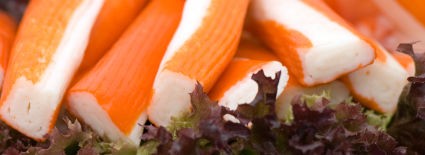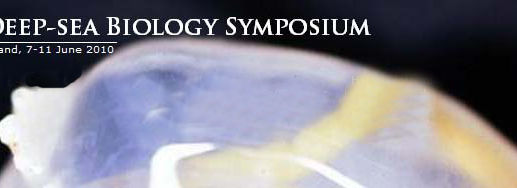The main goal of the project is to utilize in a profitable way the catch that comes ashore in Þorlákshöfn with catch that is not gutted at sea.
The project manager for the project is Þorbjörn Jónsson at Atvinnuþróunarfélag Suðurlands and the partners are: Matís ehf., Auðbjörg ehf, Atlantshumar ehf., Hafnarnes Ver hf., Frostfiskur ehf., Lýsi hf., Landgræðsla ríkisins, Búnaðarsamband Suðurlands and
MS Selfoss.
The project is funded by the AVS Fisheries Research Fund.
The aim is to establish a start-up company at the end of the project and the company will focus on the utilization of the slag for fertilizer production. The expected by-product of the production process is crude oil
The use of sludge for fertilizer has a long history around the world. In Iceland, it was common in the first half of the last century to plow fields. Slug is suitable as an organic fertilizer for both vegetables and other plants and grasses. Studies have shown that the nitrogen content of fish slag is better utilized than nitrogen from synthetic fertilizers, as a large part is lost by evaporation. The slag has a much longer activity in fertilizer value as the elements are in organic form and are released more slowly into the soil.
More information about the project is here.




